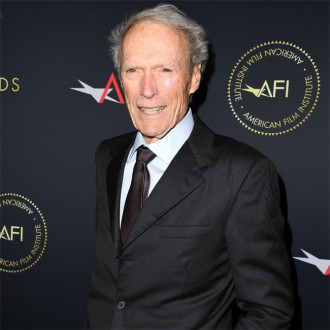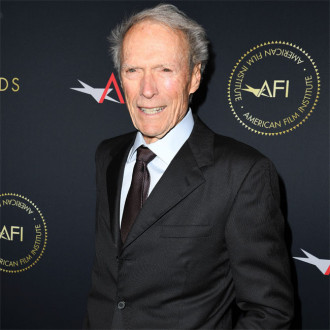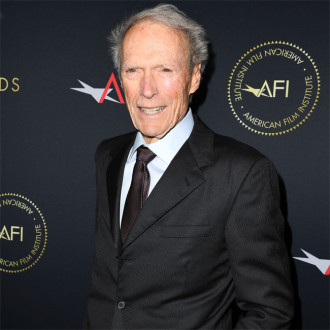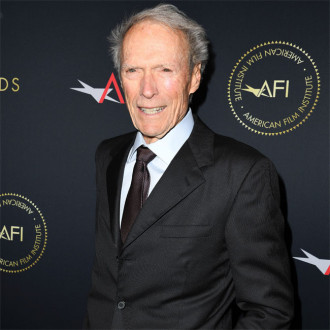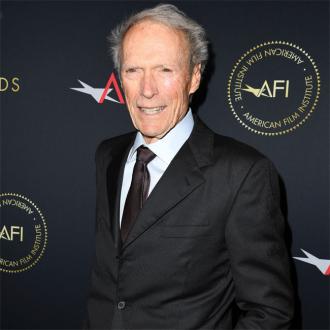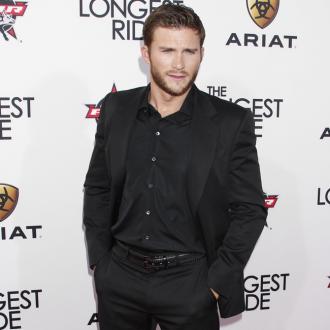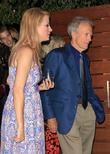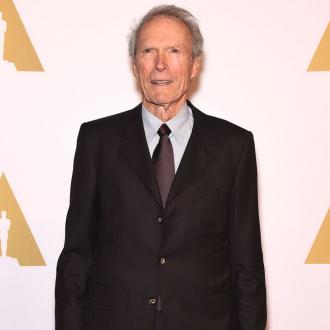The Top 10 Movies Directed By Clint Eastwood
By George Percival in Movies / TV / Theatre on 12 June 2014
On the eve of the release of 'Jersey Boys', we look at Eastwood's ten biggest successes as a director.
Having first installed himself within American culture with his recurring role as Rowdy Yates in the cowboy seriesRawhide, San Francisco native Clint Eastwood would become renowned across the world for his roles in a succession of violent and iconic Westerns. The ‘Man With No Name’ character, first seen in the hallowed ‘Spaghetti Western’ trilogy, saw Eastwood become internationally known as a steely actor who went down a storm with domestic and global audiences.
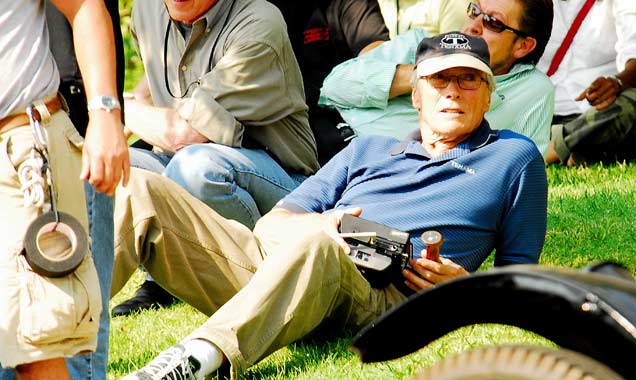 Clint Eastwood on the set of 'Changeling'
Clint Eastwood on the set of 'Changeling'
More: Eastwood Made Jersey Boys Actors Sing Live On Set
His Harry Callahan character in the Dirty Harry series also saw Eastwood bring another selection of instantly recognisable quotes as some of the most memorable in cinematic history. As his acting roles became more and more infrequent, Eastwood became more prolific in his real passion- directing. He made his directorial debut in 1971 and has since helmed over thirty movies and has won three Oscars for his work to add to his slew of nominations as well as his Best Actor Award. After a three year break, the eighty-four year-old has just released Jersey Boys, the cinematic adaptation of the hugely popular stage musical which tracks the exploits of the members of the 1960’s group The Four Seasons. Despite his advancing years, Eastwood shows little sign of retiring anytime soon and is currently filming another feature, American Sniper, which stars Bradley Cooper and Sienna Miller. In honour of the release of Jersey Boys, we have assembled Clint Eastwood’s ten best outings as director:
More: Watch The Trailer For Eastwood's Forthcoming Hollywood Reworking Of The Hit Jersey Boys Musical
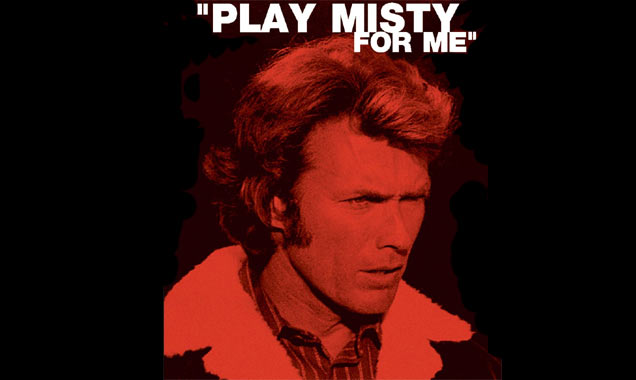
Play Misty For Me (1971)
Eastwood’s directorial debut, Play Misty For Me saw the actor take a surprise turn as he took the helm for this supremely well-made psychological thriller. Taking up the leading role, Eastwood play a late-night disc jockey who is stalked by a mysterious female fan after a brief fling between the pair whilst the film takes a potentially deadly turn when it becomes clear Eastwood’s character is not interested in the continued advances of this psychotic woman. Despite some awkward scenes, the film sees Eastwood putting into practice the techniques of filmmaking he picked up from the likes of Italian auteur Sergio Leone, who was responsible for the ‘Spaghetti Western’ series. Play Misty For Me is far from Eastwood’s most sublime and edifying work, but it proved Eastwood’s potential was as potent behind the camera as starring infront of it.
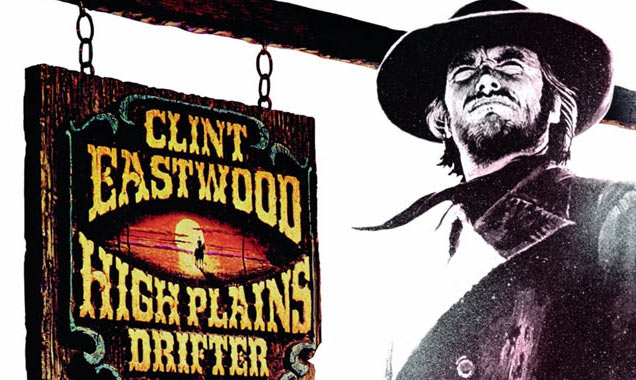
High Plains Drifter (1973)
Marking Eastwood’s first directing endeavour in the Western oeuvre, High Plains Drifter sees him add idiosyncratic flourishes to standard Western tropes to create a film that packs a punch on multiple levels. Full of the psychological unease of his debut, Eastwood adds elements of the supernatural and mysterious to a rather straightforward plot, positing the picture as an intriguing work that can be interpreted on multiple layers. Once again, Eastwood takes up his role of the Man With No Name, rallying the people of a small frontier settlement against three roving outlaws in a landscape where it nigh on impossible to differentiate between good and evil.
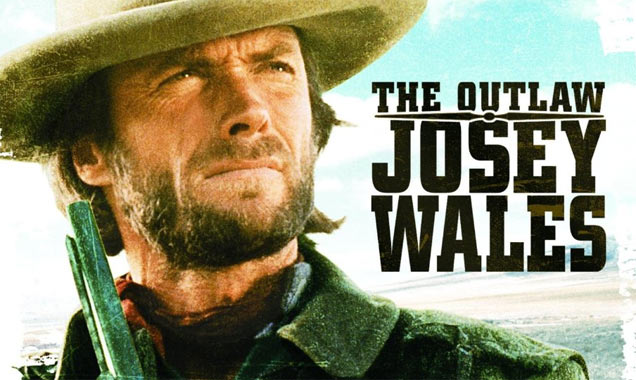
The Outlaw Josey Wales (1976)
By the time Eastwood made The Outlaw Josey Wales, he had already assembled a strong body of work through a quick succession of low-budget pictures that saw the boldness of the director grow and his skills as a director become exponentially sharper. Once again taking on the dual roles of director and leading actor, Eastwood’s talents would be recognised by the Academy Awards, who bestowed the picture with Eastwood’s first nomination. He stars as a Confederate soldier who joins a band of guerrillas and ends up being hunted by the very Union soldiers who murdered his family. The action is explosive whilst the film takes many unexpected twists and turns into a dizzying array of aspects drawn from all of the moral corners that constitute the complexity of human nature. Furthermore, it hints at Eastwood’s growing disdain for conflict by portraying war as an act whose consequences leave no winners, only losers.
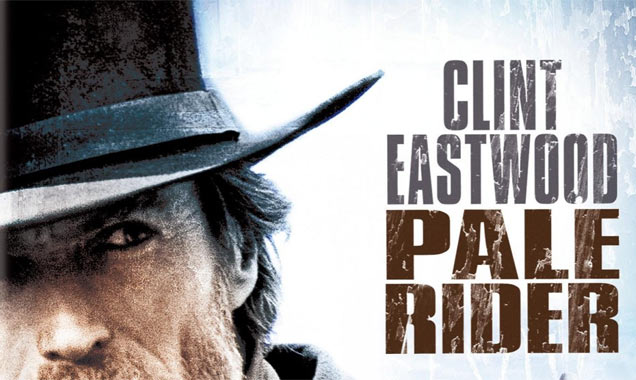
Pale Rider (1985)
Despite the plot being far from original, Pale Rider sees Eastwood depict the Western frontier with a wondrous eye full of epic widescreen shots that really capture the vastness of America like no other of his films. This is a film that demands to be seen on the big screen to fully appreciate the awe-inspiring cinematography of the virtually untouched American west. Eastwood plays a mysterious preacher who comes to a small settlement to aid a rag-tag group of panhandlers who are being forced off their land by a crooked mining baron. It proved that for Eastwood at least, the Western genre was not a dead art, but one that bristled with untapped potential, especially as technical advances had been made which allowed the brutality and beauty of the Western frontier to be seen in increasingly spectacular visuals. Eastwood is magnificent as the quiet and mysterious Preacher, whilst the villain is played with particular ruthlessness by John Russell in a turn that is more than reminiscent of Lee Van Cleef’s character from the ‘Spaghetti Western’ series.
More: Eastwood Openly Weeps As War Veterans Tell Stories Of Their Exploits
Unforgiven (1992)
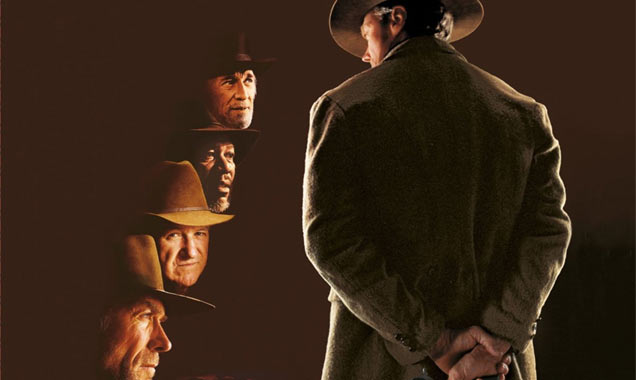
Eastwood’s return to the saddle saw Unforgiven gallop away from the 1992 Oscars ceremony with four awards, including the Best Picture accolade, twenty years after Eastwood made his directorial debut. With Eastwood assembling a strong and hugely accomplished cast of supporting actors including Morgan Freeman, Gene Hackman and Richard Harris, Unforgiven saw each of the cast members excel in their prospective roles as both young and ageing gunslingers who must aid Eastwood on one last job. It’s consistently viewed as not only one of the greatest Western’s to ever be produced, but one of the most edifying films in cinema history, darting from light-hearted dialogue to intense seriousness with a ravishing genius. It was perhaps as close to perfection as Eastwood would ever get although much of his best work was still to see the light of day.
More: Read Our Review Of Unforgiven
The Bridges Of Madison County (1995)
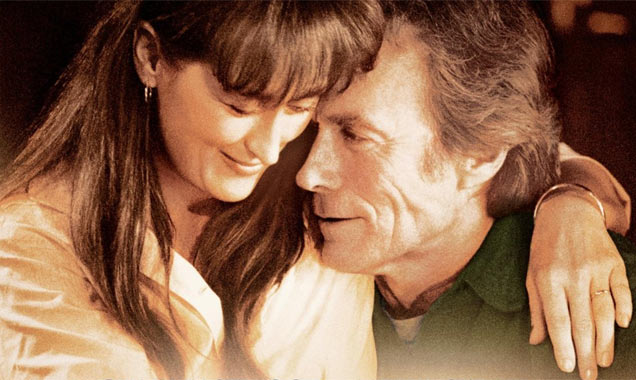
In this romantic drama, Eastwood takes a sharp departure from much of his previous work, showing that despite his impressive body of work, he is unafraid to take detours into unexplored territory. Eastwood stars alongside Meryl Streep in a tale of a brief romance with everlasting ramifications. Eastwood plays a National Geographic photographer sent to Iowa on assignment to capture pictures of the state’s bridges, whilst Streep plays the woman Eastwood meets in a chance encounter and whose life will never be the same again after their all-too-brief romance. Streep puts in an astounding performance as an Italian war-bride who will come to question everything she once believed about family, love and life. Shot by Eastwood with palpable passion, the chemistry between the pair is electric and the result of Eastwood’s deviation in style and genre pays off immensely.
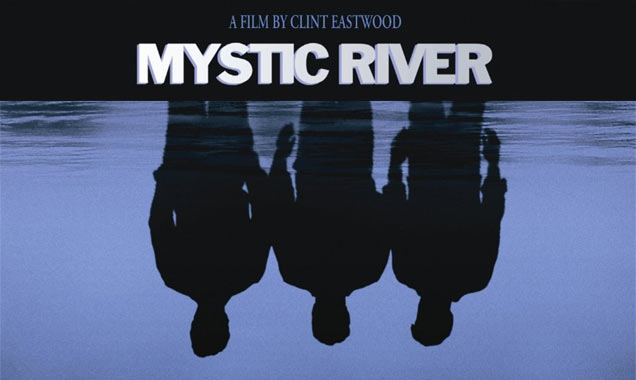
Mystic River (2003)
Scooping a further two Oscars for Eastwood, Mystic River abounds with a brilliant cast who are each adroit at exuding a highly affecting emotionality that abounds throughout the picture. Eastwood manages to stay behind the camera for the film’s entirety and with his focus directed entirely towards the film’s production, the results are a stunning work of cinematography and a supremely brilliant production. Sean Penn, Tim Robbins and Kevin Bacon all provide outstanding performances as three men who, after suffering a shared childhood tragedy, are united by similar circumstances later in life. Dark, ominous and brooding, the film allows the characters to really come to life through plenty of long-held shots that see the camera attempt to penetrate the emotional layers of each character. In the words of the late Roger Ebert, “Eastwood does nothing for show, everything for effect.”
More: Read Our Review Of Mystic River
Next page: which other Clint Eastwood movies made it into our Top 10?
Contactmusic
Movies and Trailers
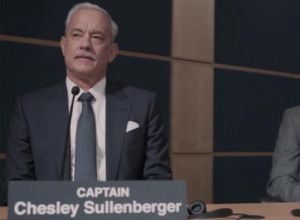
Sully Trailer
Chesley Sullenberger has been a pilot all of his adult life. Having had an interest...
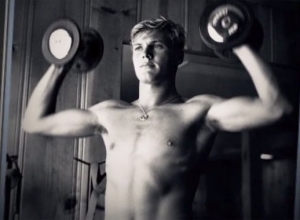
Tab Hunter: Confidential Trailer
Tab Hunter was America's Boy Next Door in the 1950s, attracting a large female following...
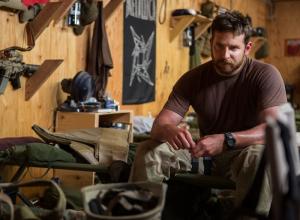
American Sniper Movie Review
Once again, director Clint Eastwood lurks in the background, springing a stunningly atmospheric thriller on...

American Sniper Trailer
What would you do when your own morals come into direct confrontation with your duty...

Jersey Boys Movie Review
Music-lover Clint Eastwood adapts the long-running stage musical for the big screen with mixed results:...
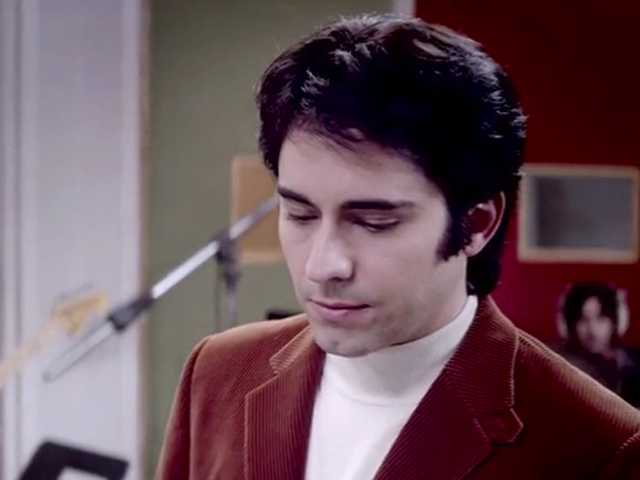
Jersey Boys Trailer
The Four Seasons was one of the most adored rock bands of the sixties with...

Milius Movie Review
A biography of iconic filmmaker John Milius, this engaging documentary features some of the biggest...
Advertisement

Trouble With the Curve Movie Review
With beautiful but bland direction and a script that can't help but overstate everything, this...
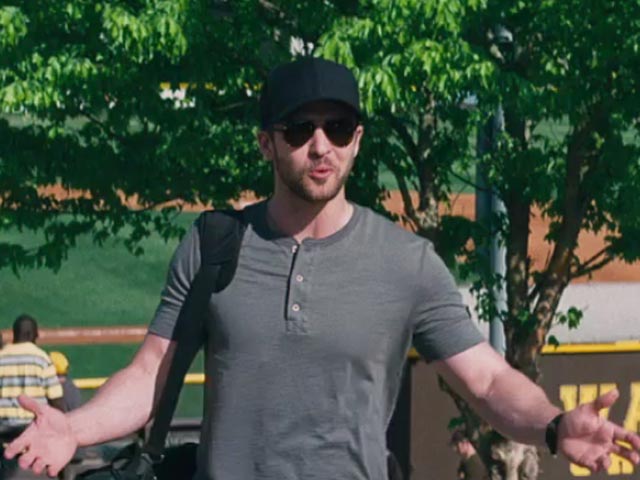
Trouble With The Curve - Trailer Trailer
Gus Lobel is one of the most formidable baseball talent scouts around, however his age...

J. Edgar Movie Review
Exquisitely designed and directed, with finely tuned performances that shine even through some heavy make-up,...

J. Edgar Trailer
Anna Marie Hoover, like any mother, knew that her young son, John Edgar, would grow...
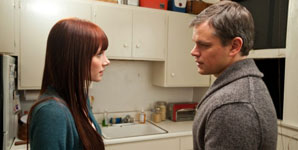
Hereafter Movie Review
Eastwood's skilfully unrushed direction merges with Morgan's astute, thoughtful screenplay to create a thoroughly unusual...
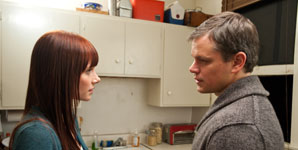
Hereafter Trailer
What becomes of the human soul after our time in this life had ended? A...
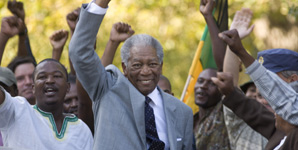
Invictus Trailer
Watch the trailer for Invictus Throughout the early to mid 1990's South Africa remained a...
Advertisement
